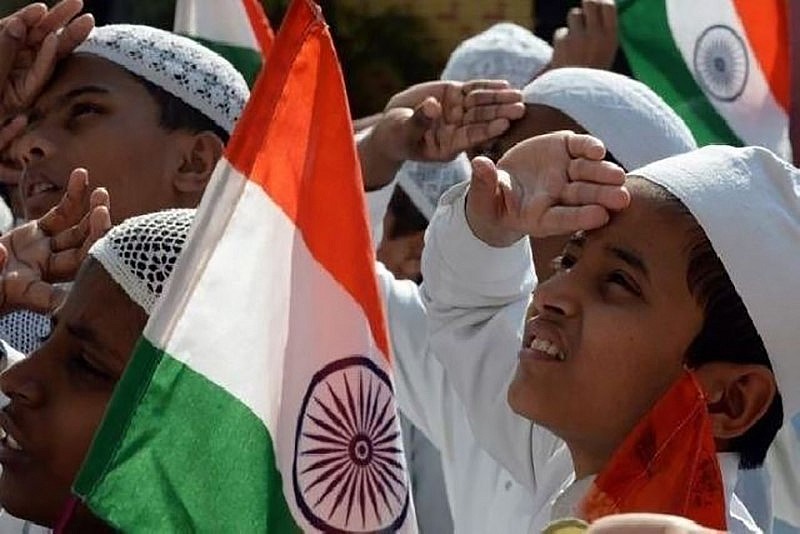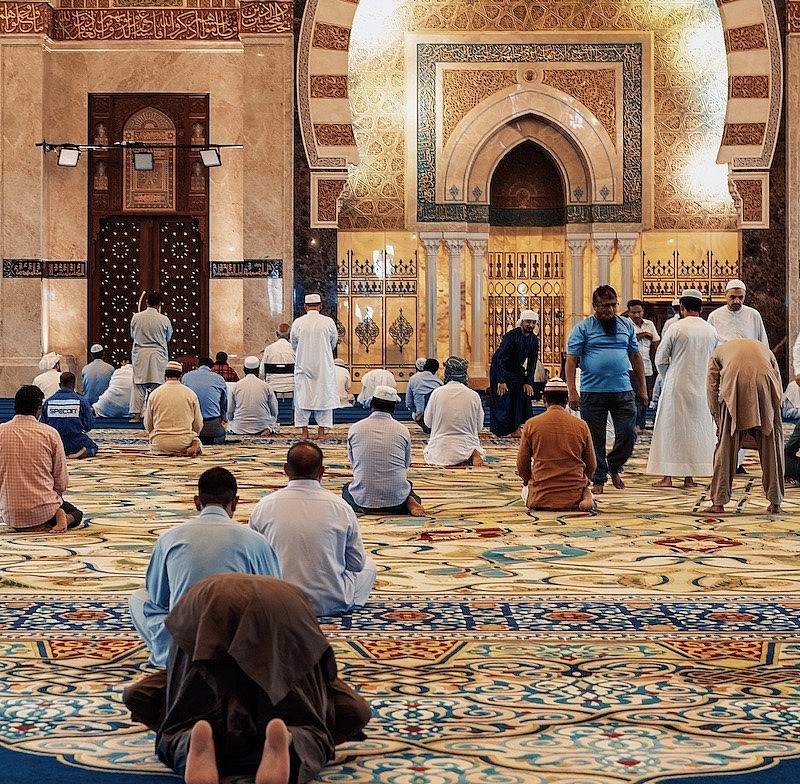 |
|
The essence of Islam found a warm embrace in the heart of India, showcasing its inherent adaptability and cultural harmony. |
The Quran, the ultimate source of guidance for Muslims, clearly articulates the diverse cultural backgrounds of its followers. It emphasizes that Allah created all humanity from a single “man and woman,” Adam and Eve, and subsequently “made [them] into peoples and tribes” [49:13]. This diversity is a gift from Allah, intended to enrich our lives and foster a deeper understanding of one another.
The life of Prophet Muhammad, peace be upon him, further exemplifies Islam’s compatibility with different cultures. Prior to his proclamation as the apostle of Allah, he worked for his wife Khadijah, leading trade caravans to far-off lands. During these journeys, he encountered people from a myriad of backgrounds and walks of life, embracing their diversity without prejudice.
The Prophet’s interactions were governed by respect and openness. He refrained only from acts prohibited by Islam and cultivated meaningful relationships with people of other faiths, including Christians and Jews. These relationships extended beyond business alliances to genuine camaraderie. When visitors of other faiths came to Mecca, they were free to practice their cultural traditions without hindrance.
Prophet Muhammad, peace be upon him, encouraged his followers to embrace alien cultures, understanding that enrichment comes from absorbing the “good and useful” aspects of other traditions. This open-minded approach proved advantageous, as evidenced by the strategic input of Salman al-Farsi, a Persian companion, during a crucial battle. His suggestion to dig a ditch around the city, a tactic from his homeland, played a pivotal role in the “Battle of the Ditch” or Ghazwa-e-Khandaq.
The early Muslim culture drew influences from the Arabs, Byzantines, and Persians. As Islamic empires expanded, their cultural tapestry was further enriched by Iranian, Caucasian, Turkic, Indian, Malay, Somali, Berber, and Indonesian influences.
The Muslim conquests and their interactions with diverse peoples gave rise to a unique blend of literature, music, art, languages, cuisines, clothing, sports, warfare, statecraft, jurisprudence, and religious practices—all bearing the imprint of Islamic teachings. Notably, they did not impose their beliefs on local cultures but rather created a harmonious fusion of the local and the exotic. This gave birth to the magnificent Persian, Turkish, and Indic cultures that continue to flourish to this day.
 |
|
Islam and Cultural Synergy: The Indic Example |
The integration of Islam into the cultural fabric of India is a testament to its adaptability. In India, Islam was introduced by traders and warriors, but it was the mystics or Sufis who made it accessible and beloved to the people.
The Sufis, with their flexible and empathetic approach, seamlessly wove Islam into the local culture. Mosques, singing dervishes, revered shrines, qawwalis, poems, and the devotion in the hearts of seekers—Islam became an integral part of India’s multicultural tapestry.
India’s unique social landscape thrives on improvisation, adjustments, mutual respect, and a transcendental outlook that transcends religious and cultural boundaries. This harmonious coexistence is facilitated by syncretic traditions like Sufism, Bhakti, and other mystical practices, which promote unity and peaceful interaction among people from diverse backgrounds.
Mysticism, which entails seeking a deeper connection with God through prayer and contemplation, is a cornerstone of Sufi and Bhakta traditions in India. These inclusive movements emerged as a response to exclusive interpretations within Hinduism and Islam, empowering individuals to express their innermost sentiments and actively engage in the love of the Divine.
India’s syncretic traditions have deep roots, predating the arrival of Islam and Christianity. The diverse nature of Hinduism, with its myriad sects and deities, naturally lent itself to syncretism, preventing hostility among followers. The advent of Buddhism and Jainism further emphasized the need for religious harmony, making syncretism a cornerstone of India’s religious landscape.
As a result, Muslims, Hindus, Sikhs, and Christians in India often share similar dress styles, culinary traditions, and even festivals. While this cultural unity occasionally faces opposition from hardliners and religious extremists, it remains resilient and unwavering.
Individuals who convert to Islam in India are not forced to abandon their indigenous cultural heritage. They are only expected to refrain from certain “prohibited” practices, allowing for a smooth integration of their faith and cultural identity.
Islam in the Western Context
The five pillars of Islam—prayer, almsgiving, fasting during Ramadan, pilgrimage to Mecca, and bearing witness to Prophet Muhammad’s message—form the foundation of a Muslim’s faith. However, for Muslims living in the West, there is an additional consideration: abstaining from pork.
A Muslim living in the West may also choose to abstain from certain cultural practices that are not aligned with Islamic teachings, such as celebrating Christmas, consuming alcohol, gambling, or dating. These choices, however, are not imposed on others and are solely based on personal faith.
Muslims who actively practice their faith, whether in the West or elsewhere, are integral parts of their societies. They are as American or European as their Christian or Jewish neighbors, and they do not expect non-Muslims to conform to Islamic cultural norms.
Islam is a global religion that transcends geographical boundaries. It is as much a part of the West as it is of the East, North, or South. Its essence lies in its ability to synergize with diverse cultures, creating a beautiful tapestry of unity in diversity.





